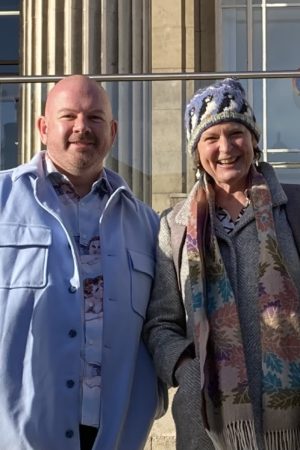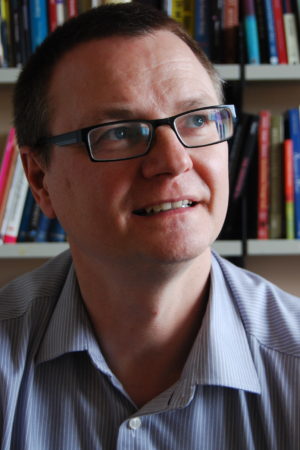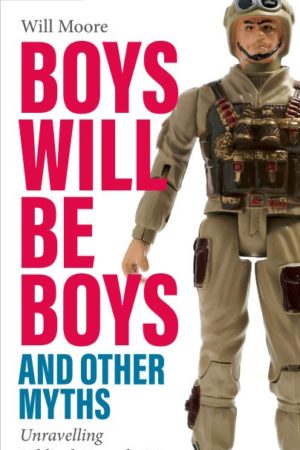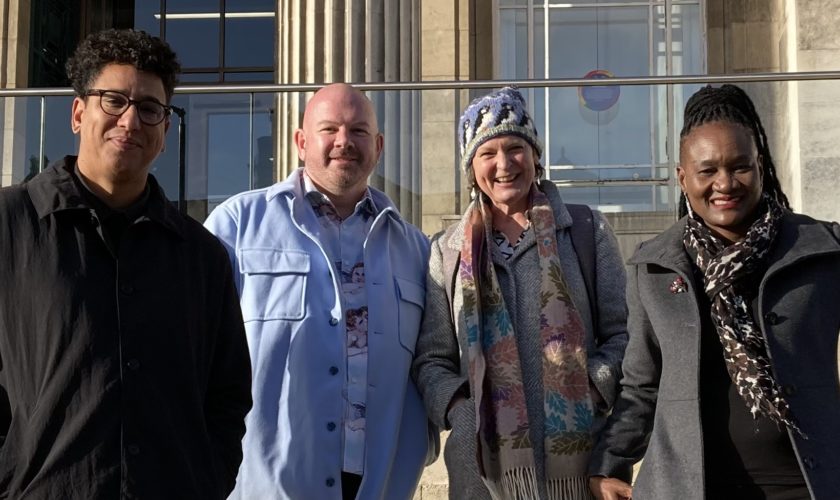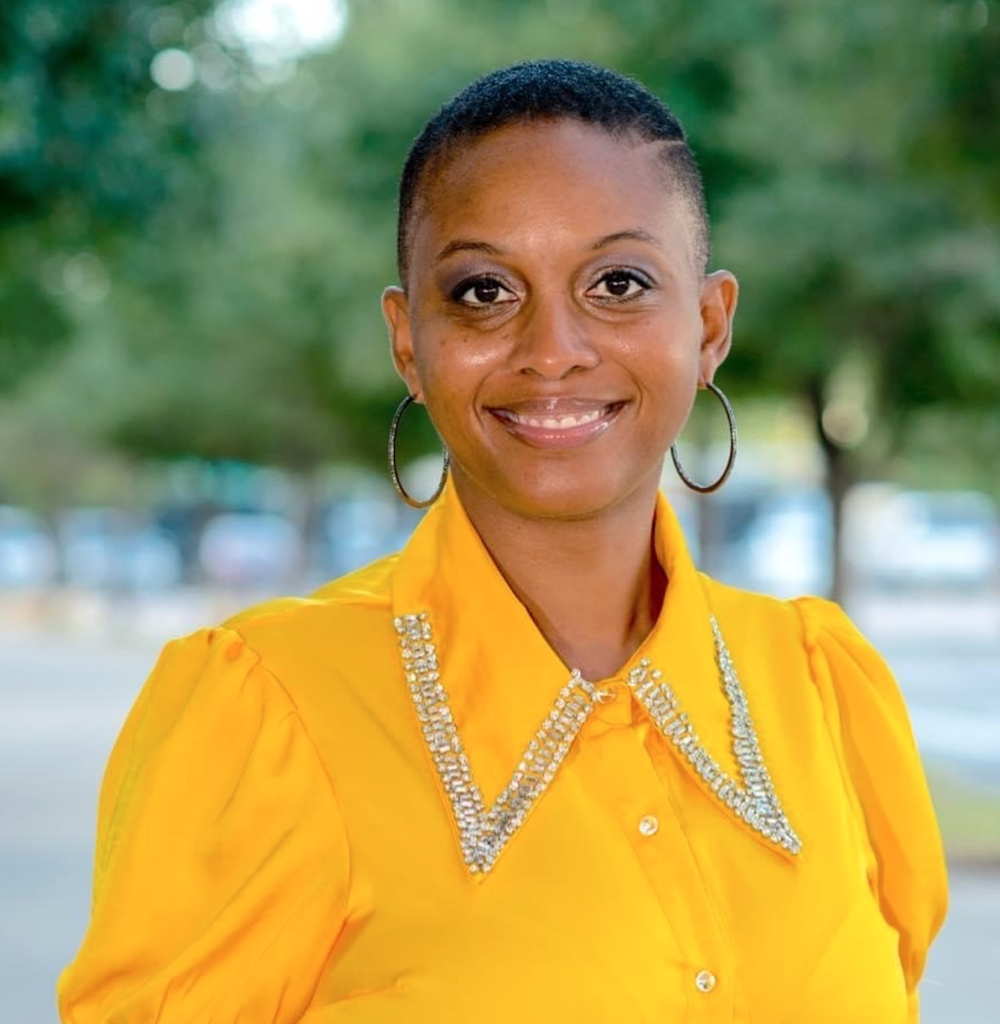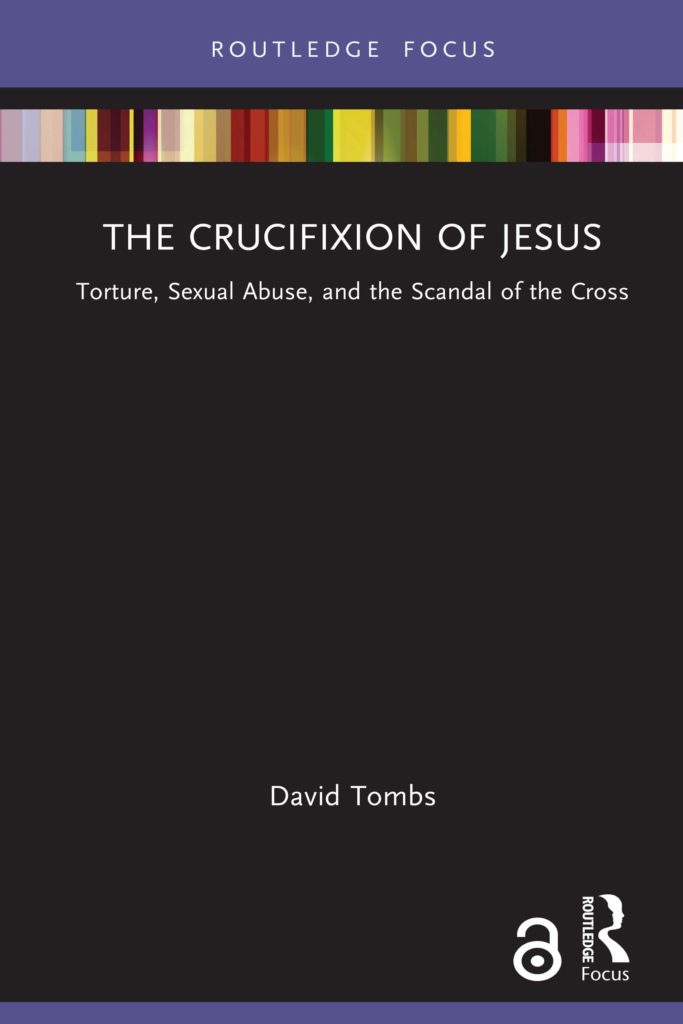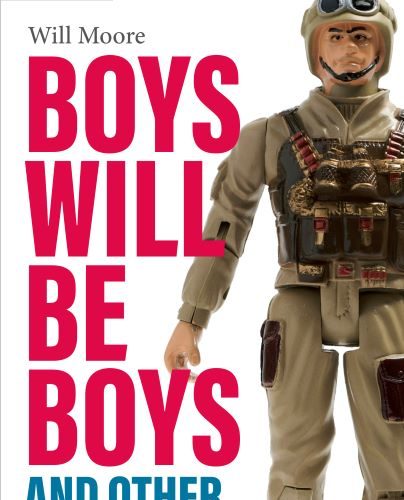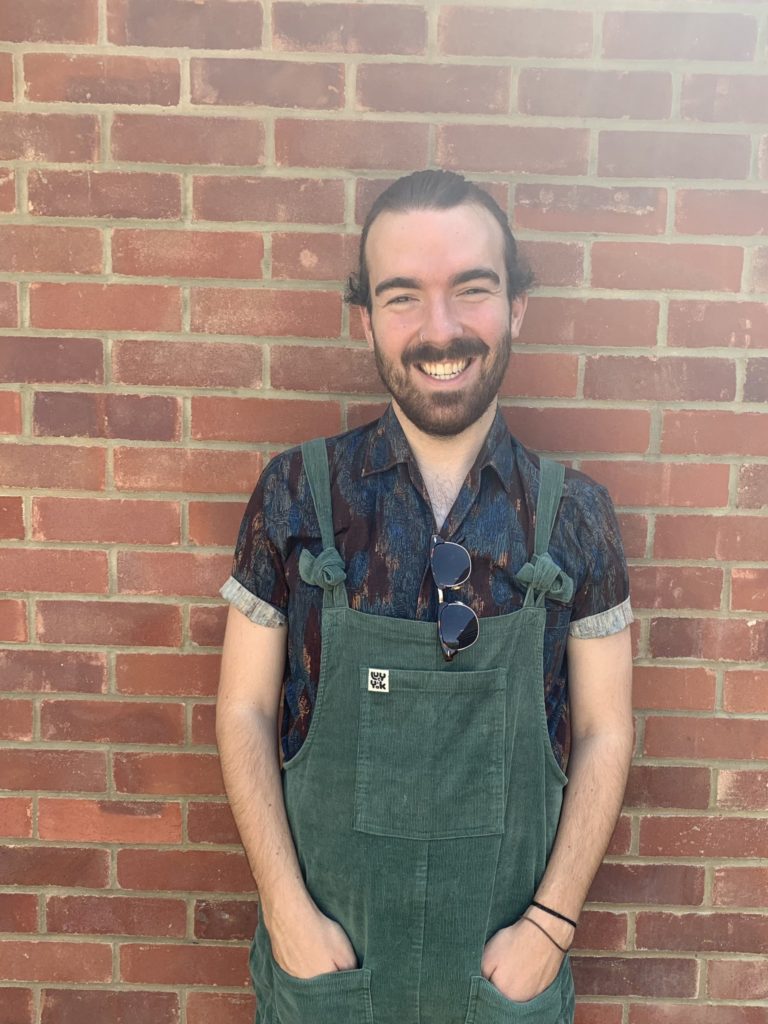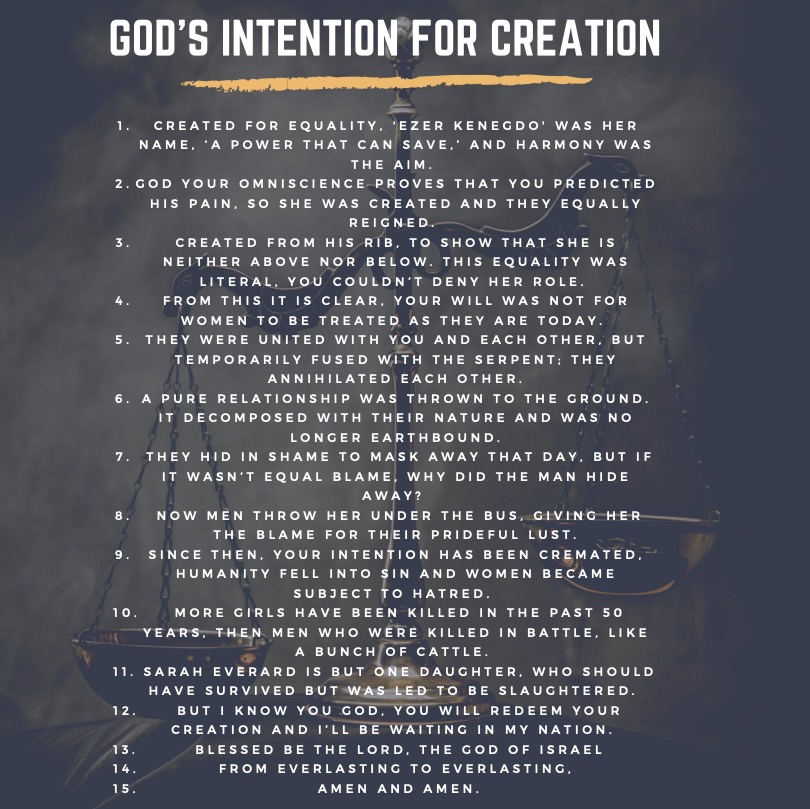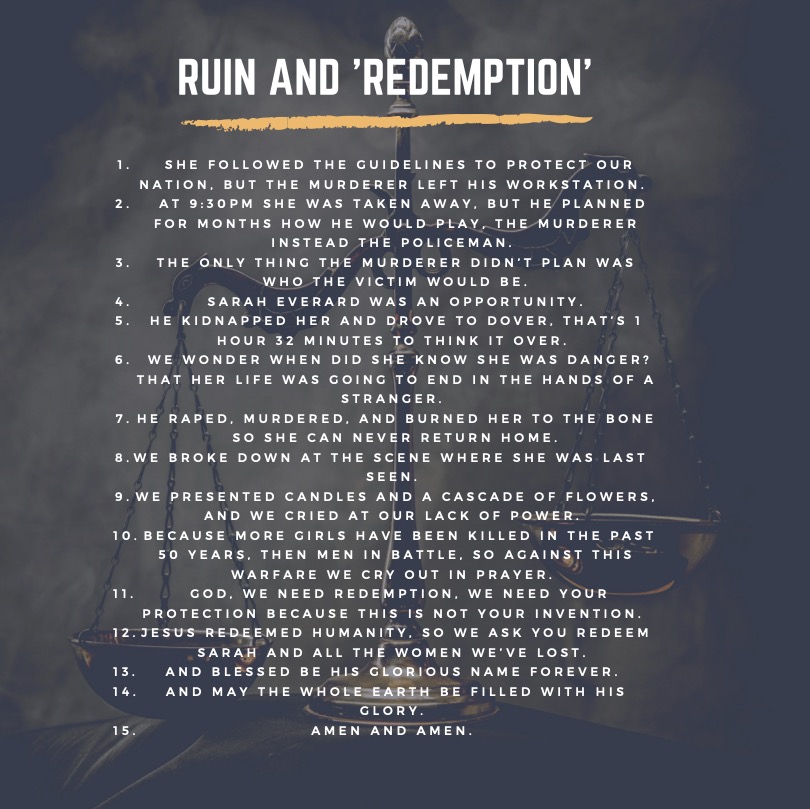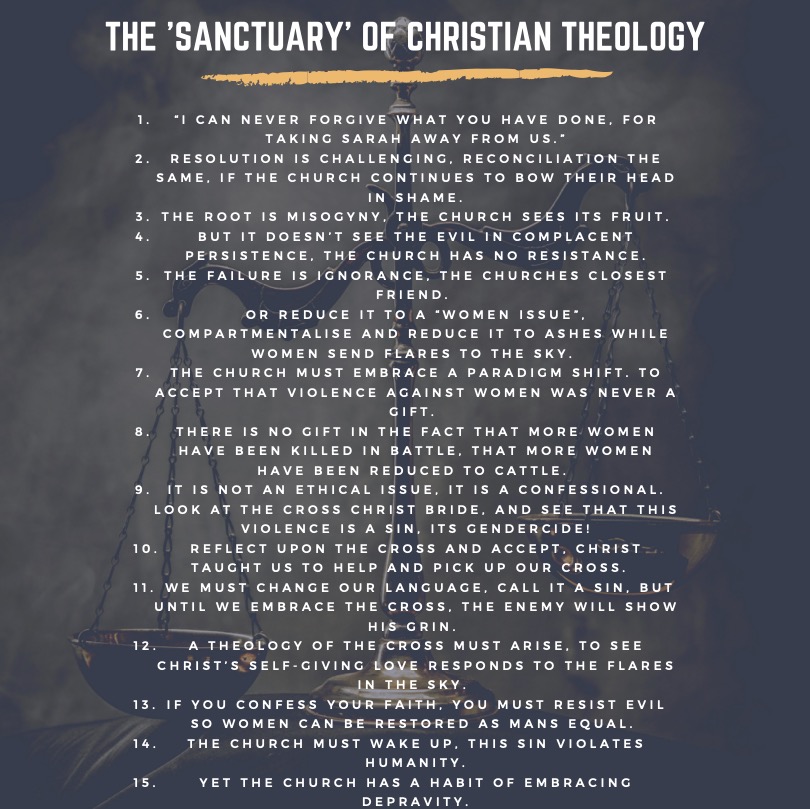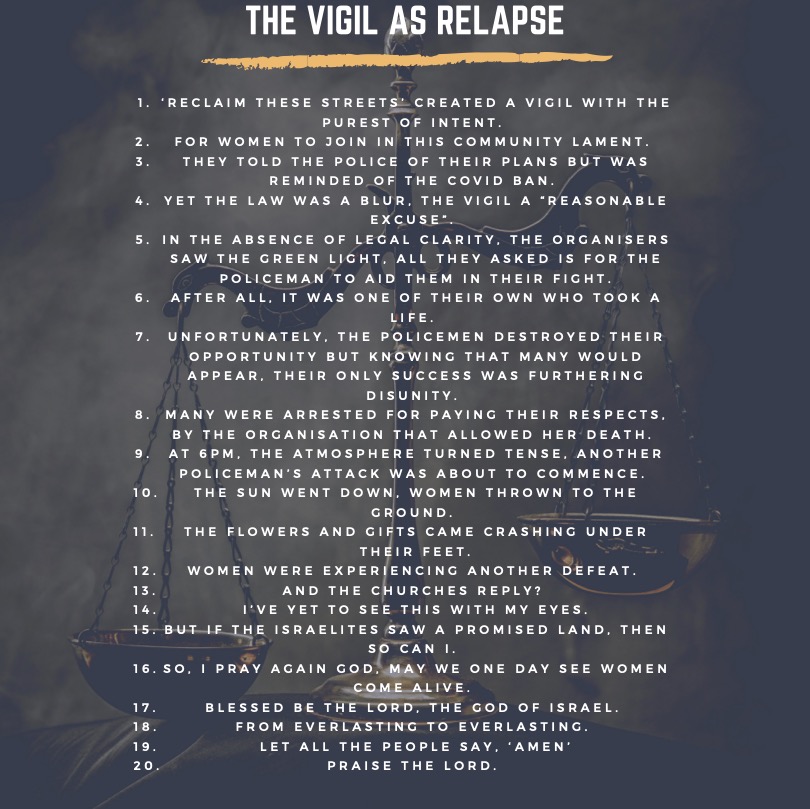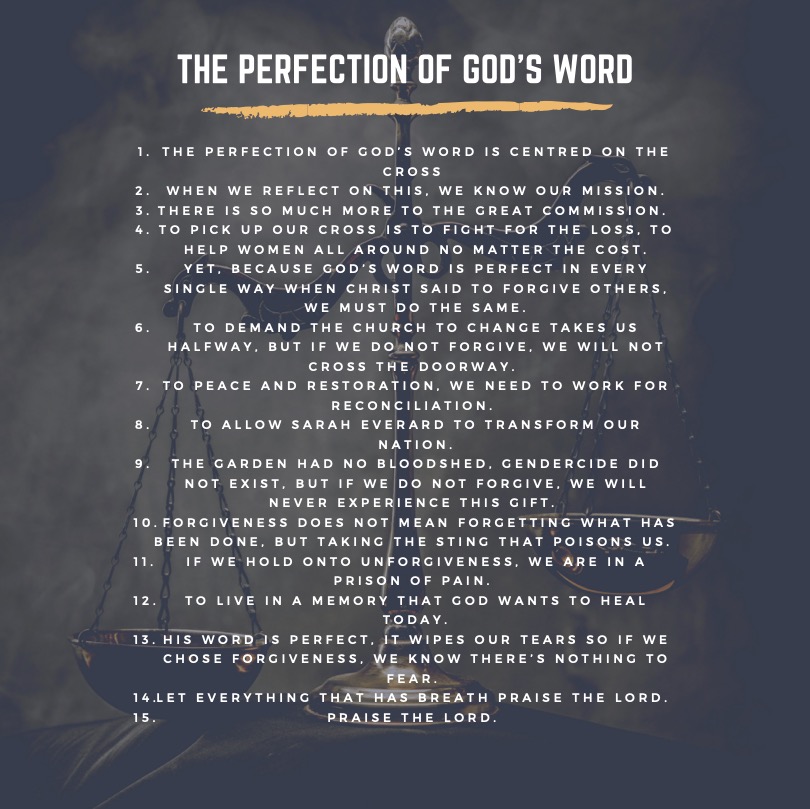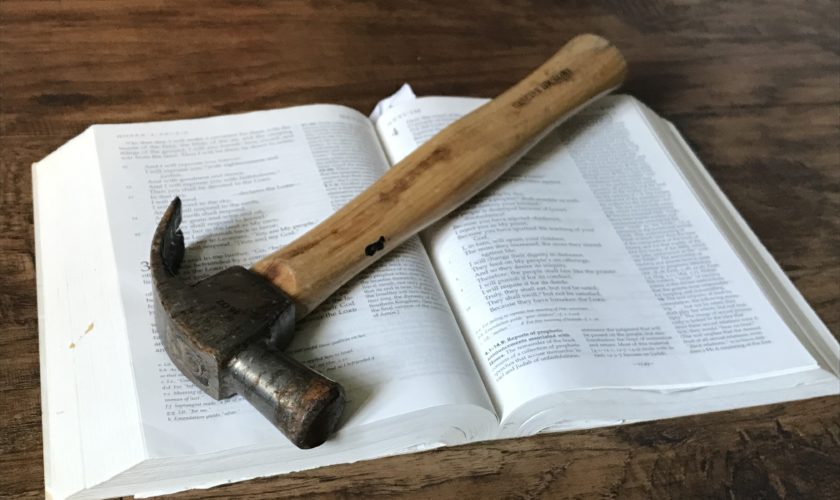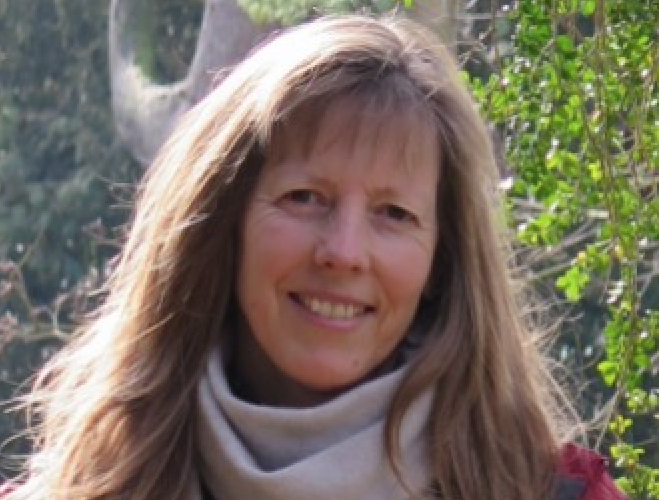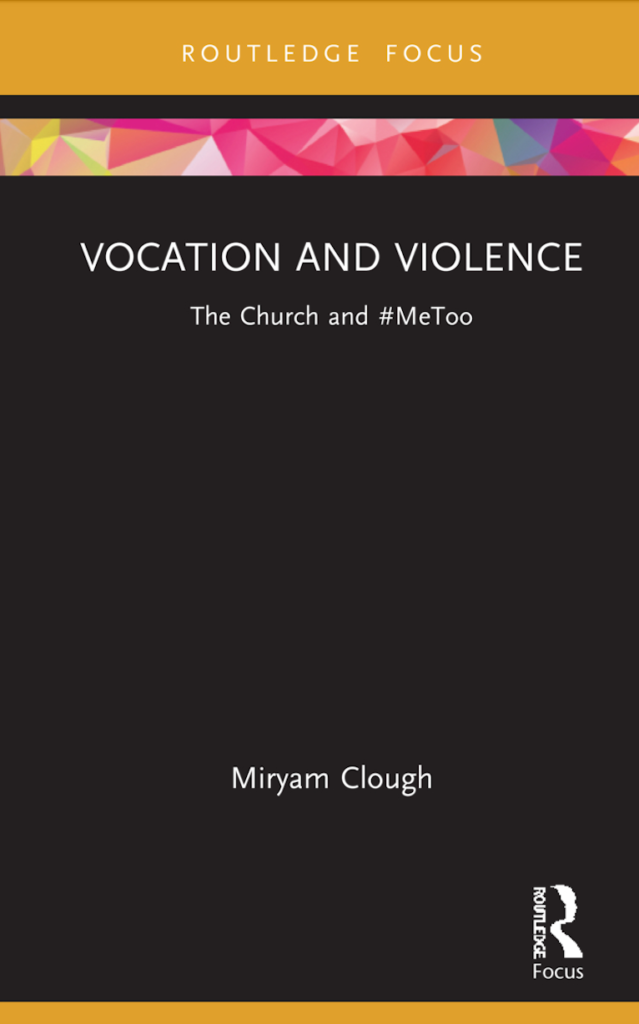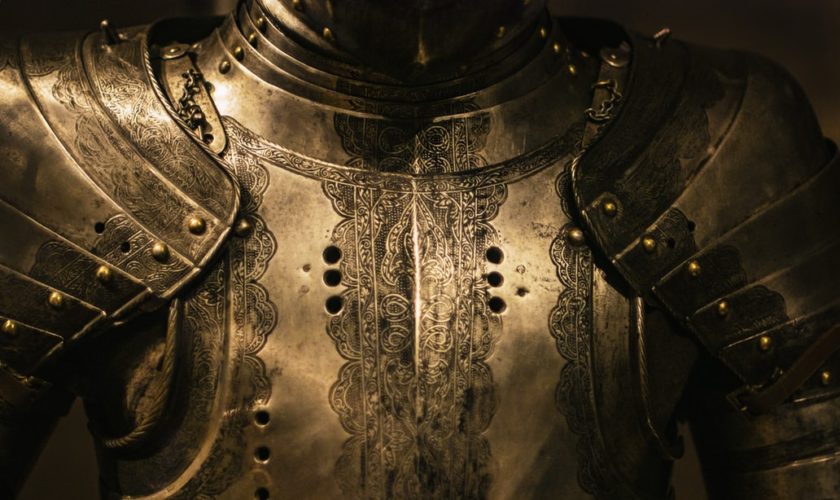Auckland, Aotearoa New Zealand
Earlier this year, St John’s Theological College (Anglican), Trinity Theological College (Methodist), and the Centre for Theology and Public Issues (University of Otago), jointly hosted a two-day Trauma and Theology Conference. This conference was led by Dr Karen O’Donnell, a specialist in theology and trauma, and the Director of Studies at Wescott House, Cambridge, UK.
During the conference, participants were invited to share some of their reflections. These reflections were filmed (with participants’ permission) and have been developed into a short film by two St John’s students, Scott Parekowhai and Grace Cox. This video highlights some of the participants’ impressions of the significant work that was covered in this conference.


